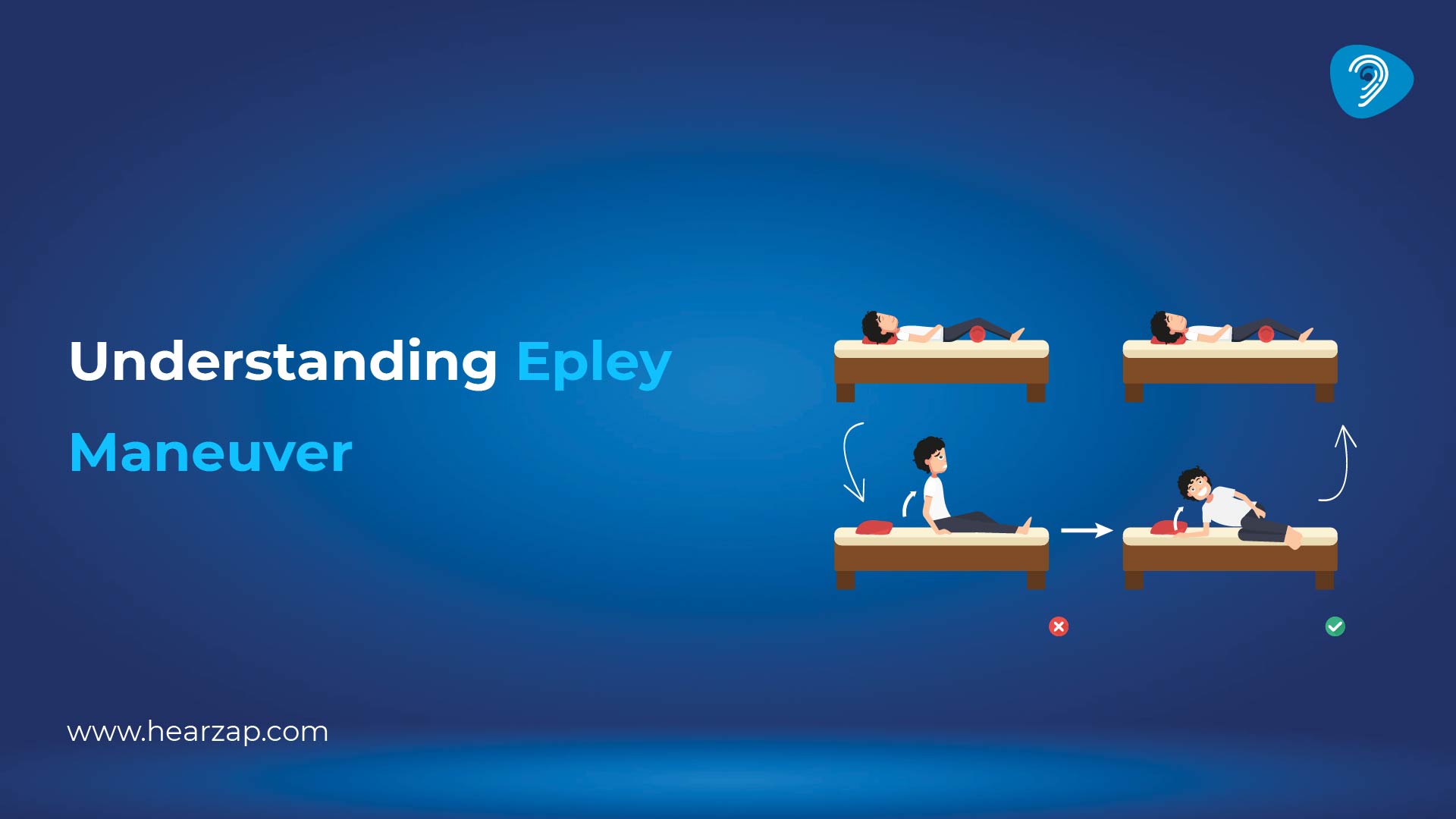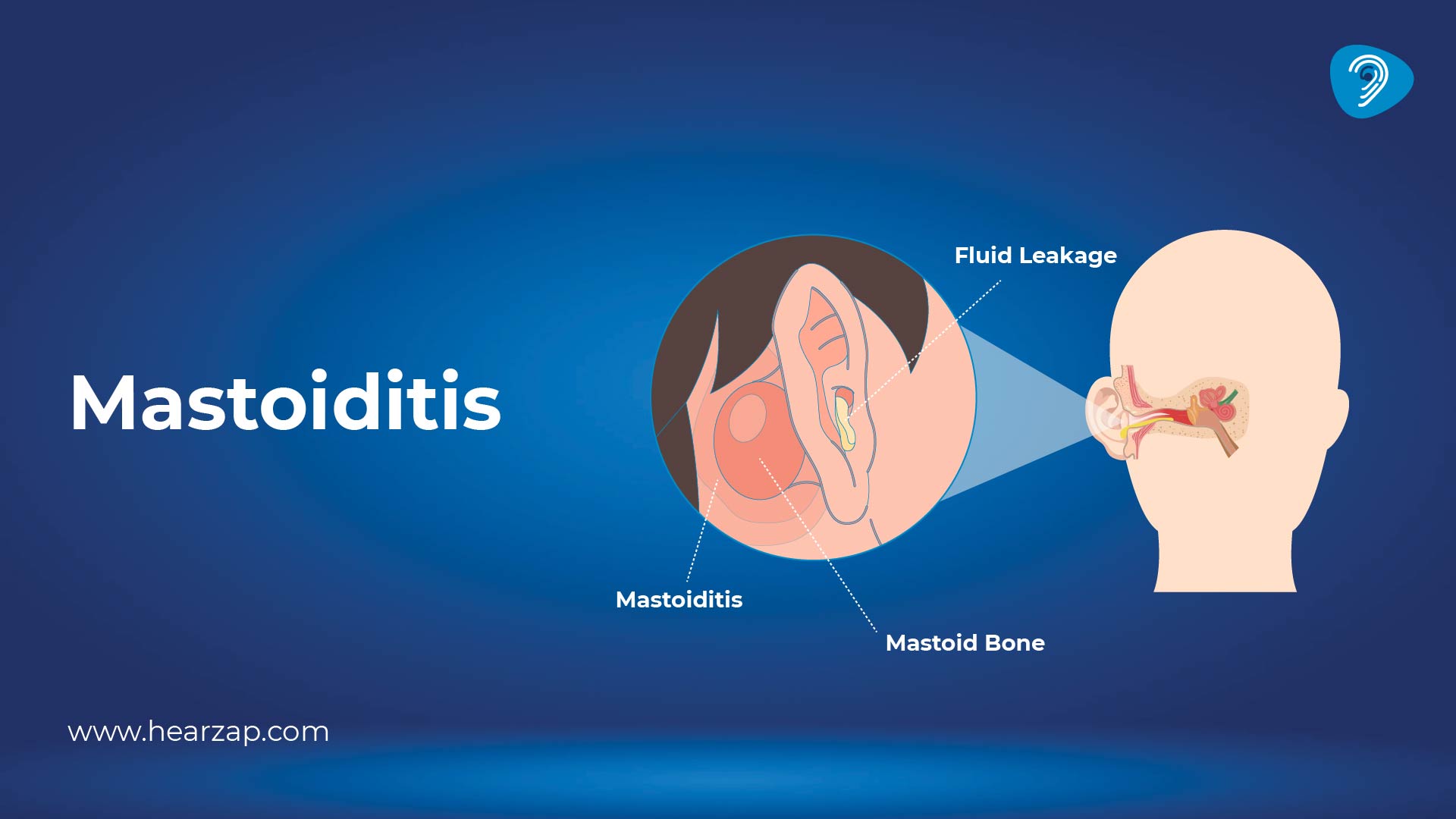Generic
Rinnes Test
By Team Hearzap | Nov. 20, 2025

When someone begins to notice difficulty hearing—whether sounds seem faint, muffled, or harder to follow—one of the first things an ENT specialist may do is a quick bedside hearing check known as the Rinnes test (also often referred to informally as the Rinnes test). It takes less than a minute, doesn’t involve any machines, and yet provides meaningful clues about how the ears are working.
Even though it appears simple from the outside, this test helps doctors determine whether a hearing issue originates from the outer or middle ear, or deeper within the inner ear. For many patients, this is the first step toward understanding what’s really happening with their hearing.
Why Doctors Use the Rinnes Test
Hearing depends on two main pathways, that is the air conduction and bone conduction.
Air conduction is the normal route—sound travels through the ear canal, the eardrum, and the small bones in the middle ear.
Bone conduction sends sound vibrations straight through the skull to the inner ear.
If the hearing system is working well, air conduction should naturally be stronger. The Rinnes test checks this in a very straightforward way.
Doctors rely on it because it offers immediate insight into the type of hearing loss a person may have, especially when someone describes sudden changes, ear pressure, or trouble hearing conversations.
How the Test Is Done
The Rinnes test procedure is gentle and completely painless. A vibrating tuning fork is placed behind the ear to test bone conduction first. Once the patient indicates the sound has faded, the fork is held near the ear canal to check air conduction.
This small comparison can tell an Audiologist/ENT specialist a great deal. With just a tuning fork and a careful explanation from the patient, the doctor gets a quick snapshot of how the hearing pathway is functioning. It forms part of a group of tests known collectively as the tuning fork test.
Understanding RinnesTest Results
The terminology may sound confusing at first, but it’s simple once understood.
A Rinnes test positive result means air conduction is heard better than bone conduction. This is actually the normal response, and it can also appear in sensorineural hearing loss, which involves the inner ear.
A negative result means the opposite—bone conduction sounds louder or lasts longer. This usually suggests a conductive problem, meaning something is blocking or disrupting the sound in the outer or middle ear.
These results don’t diagnose the exact condition on their own, but they point doctors in the right direction.
When the Rinnes Test Is Especially Helpful
This test becomes particularly useful when a patient comes in with symptoms like:
- Ongoing or recurrent ear infections
- Trouble hearing in noisy settings
- Sudden hearing changes
- Ear fullness or pressure
- Ringing or buzzing in the ears
- Fluid buildup or chronic ear problems
The Rinnes test is a tuning fork hearing test. It best complements the Weber test and thorough medical examination. In combination, these tests make it possible to determine the precise location of the hearing problem, i.e., in the outer ear, middle ear, or inner ear.
What the Test Can Reveal About Hearing Loss
The test results themselves prove whether the ear function is compromised or normal. If the result is negative, these factors may have caused the symptoms:
- Earwax blocking
- Fluid in the middle ear
- Hole in the eardrum
- Stiff or broken ossicles of the middle ear
- Longstanding middle ear disease
If the Rinnes test results show normal values and if there is a hearing loss, it may signify a very deep inner ear problem, and as such, further testing is required.
How It Fits Into the Bigger Picture
The Rhine’s test is not meant to replace other hearing evaluations; instead, it adds to them. Doctors often use it alongside:
- A detailed hearing history
- Ear microscopy
- Full audiometry
- Tympanometry
- Balance testing (if needed)
It’s a starting point that helps determine the next steps.
Is the Rinnes Test Safe?
Yes. There is no discomfort, no recovery time, and absolutely no risk. The tuning fork simply vibrates and produces a gentle tone that helps compare the two hearing pathways.
However, it does have limitations. It can’t measure how severe hearing loss is, and it may miss very early or mixed types of hearing issues. This is why it’s just one piece of the evaluation—not the whole picture.
Why Air and Bone Conduction Matter
Most people don’t realise how complex hearing really is. Air conduction relies on the eardrum and tiny bones to transmit sound, while bone conduction bypasses them completely. When the two pathways are compared, the Rinnes test can reveal exactly where the problem may be happening.
Understanding this helps patients make sense of the next steps—whether they need further testing, medical treatment, or hearing support.
Final Thoughts
The Rinnes test may seem simple from the outside, but it gives doctors meaningful clues about how the hearing system is working. Air and bone conduction comparison is helpful in understanding if the ear in question is hearing sound with one and a half-century-level tolerance or if some sort of corrective intervention may be required.
Apart from aiding in the rest of the tests on the tuning fork, it must not cause any discomfort or stress to the patient. Upon noting an existing change in hearing, the additional brief test should bring much alleviation and awareness. The Rinnes test is often the first gentle step toward understanding what’s happening inside the ear—and toward finding the right care for healthier, clearer hearing.
FAQs
What is Rinnes test?
It’s a quick tuning fork check that compares how you hear sounds through your ear versus through the bone behind it.
What are the steps of the Rinnes test?
A tuning fork is placed on the bone behind your ear and then near your ear canal so you can say which one sounds clearer.
How to perform a renin test?
If you meant the Rinnes test, it’s done by gently placing a vibrating tuning fork on the mastoid bone and then beside the ear to compare both pathways.
What is a normal renin level?
Renin levels vary from person to person, so doctors look at the number in the context of your overall health and symptoms.
Contact us
We are here for all your hearing needs, from hearing tests to hearing aids. Fill out the form below, and we will give you a call soon.
Please enter a valid mobile number with 10 digits.
Recent Blogs
By None | Nov. 18, 2025
By None | Nov. 17, 2025
By Team Hearzap | Nov. 5, 2025
By None | Nov. 4, 2025
By None | Nov. 3, 2025












